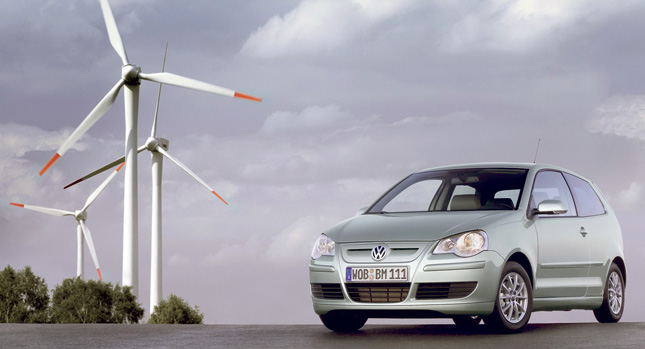We are all aware that the advertised economy figures for new cars are nearly impossible to match or surpass under normal driving conditions. It is something you factor in when looking for your next purchase, especially if you want it to be a particularly efficient one.
Now, according to a study published by the International Council on Clean Transportation (ICCT), the discrepancy between the declared and real-world numbers has risen to around 25 percent, up considerably from 10 percent a decade ago.
If you haven’t heard of the ICCT, they are “an independent nonprofit organization founded to provide first-rate, unbiased research and technical and scientific analysis to environmental regulators,” whose goal is to “improve the environmental performance and energy efficiency” of all kinds of transportation solutions.
Regarding the problem at hand, take BMW, for instance. It has been found to have the biggest difference, and the ICCT gives a figure 30 percent, while Audi is rated at 28 percent and Mercedes at 26. Toyota is rated among the most accurate of the current crop, with the declared figure being only 15 percent lower than what owners are actually getting.
The explanation to as why this has happened is very complicated and contrived, but the report suggests that it has to do with technology which works very well in lab tests and not so much on the road – stop-start tech can be included here. Also, bending the rules by taping up panel gaps for better aerodynamics as well as a multitude of additional (external) factors play their part in the whole story.
In Europe, the situation could change once the European Parliament adopts new more stringent testing procedures. The move is planned for 2017, but three more years may be added to that if several EU member states have their say in the matter. Perhaps this will all ultimately end in more accurate claimed figures, regardless of the other implications they may have, because efficiency sells cars, and it is clearly wrong to boost a vehicle’s appeal using misleading numbers…
By Andrei Nedelea
Note: 2006 VW Polo BlueMotion pictured above – it is said to use 3.2 l/100km (does 73.5 mpg US / 88.2 mpg UK) on the highway
PHOTO GALLERY





